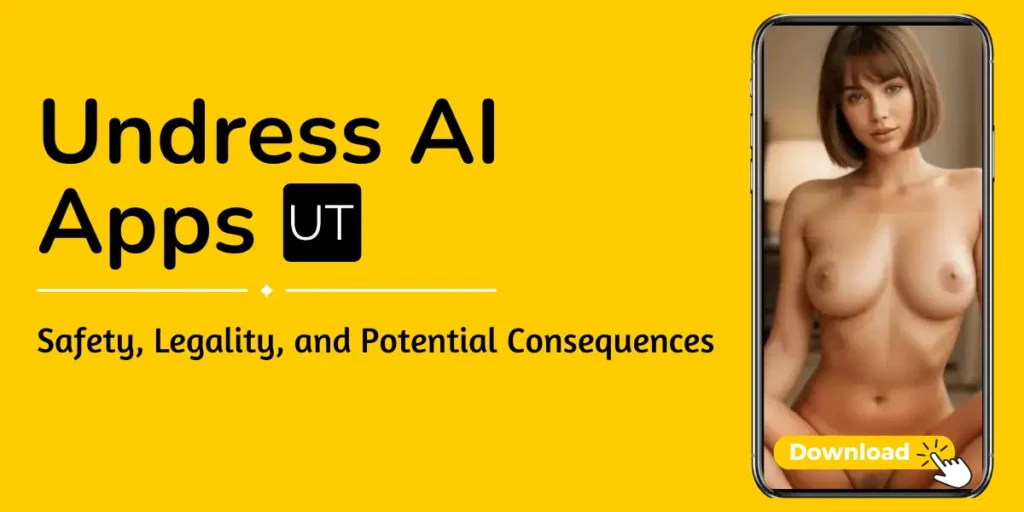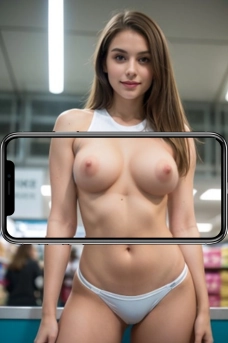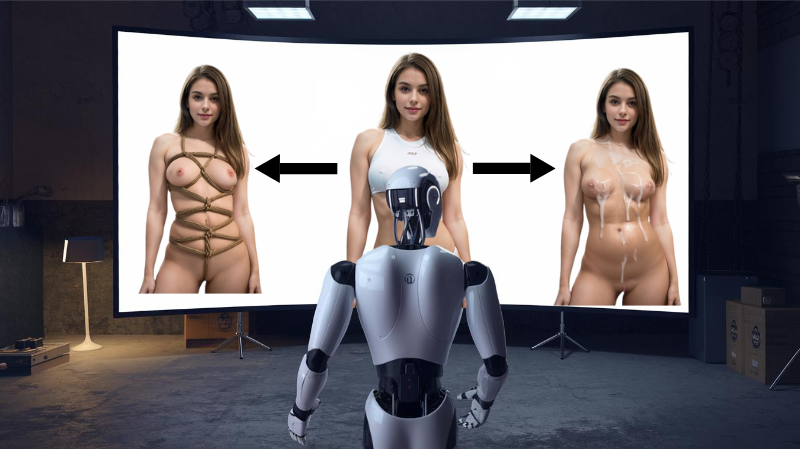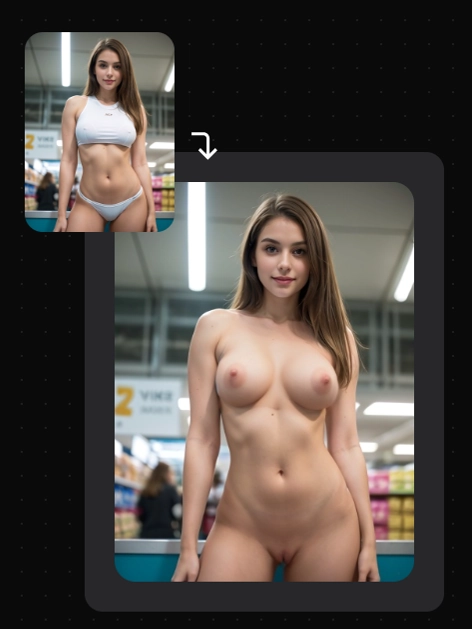
In recent years, the use of Undressing Applications has emerged as a subject of debate with the major issues being that of privacy, consent and abuse. Most of these applications work on the principle of Artificial Intelligence in removing or modifying clothes at will, thus making synthetic nude photographs of people without their knowledge and consent.
This paper looks at the technology that underpins these applications, the law governing, assesses safety issues, and looks at the social aspects.

What are Undress AI Apps?
Undress AI apps, also known as “deepnude” or “nudify” apps, use machine learning algorithms to manipulate images. They typically work by:
- Analyzing the input image to detect clothing and body parts.
- Generating synthetic nude body parts to replace the clothed areas.
- Blending the generated content with the original image.
The result is a fabricated nude image that appears to be of the person in the original photo. While the technology does not reveal an individual’s actual body, it can create convincing fakes that are often indistinguishable from real photos.
How Undress AI Technology Works?

These applications utilize Generative Adversarial Networks (GANs), a form of artificial intelligence that is capable of producing novel information. The workflow encompasses the following:
- Training: The AI is trained on large datasets of nude and clothed images.
- Image analysis: When given an input photo, the AI identifies clothing and body features.
- Generation: The system creates synthetic nude body parts based on its training.
- Compositing: The generated elements are combined with the original image.
This technology has been constantly evolving thus offering more advanced and realistic results than ever before. Nevertheless, the output quality may vary with several factors such as the resolution of the images, the lighting, and the pose.
Legal Status of Undress AI Apps
The legal landscape surrounding Undress AI apps is complex and evolving. Key considerations include:
1. Copyright Issues

Using someone’s image without permission may violate copyright laws. Creating derivative works (like nude versions) of copyrighted photos is generally not allowed without the rights holder’s consent.
2. Consent and Privacy Laws
Many jurisdictions have laws against creating or sharing intimate images without consent. For example:
- The UK has recently made it illegal to make or share non-consensual deepfake porn.
- Laws addressing deepfake pornography have been enacted in several US states.
3. Child Protection Laws

Using these apps on images of minors is illegal in most countries and can result in severe criminal penalties.
4. Revenge Porn Laws
Some existing laws against revenge porn may apply to deepfake nudes, though many jurisdictions are updating legislation to address this new technology specifically.
Safety Concerns
Undress AI apps pose several safety risks:
1. Exploitation and Harassment
These tools can be used to create non-consensual pornography, leading to:
- Emotional distress for victims
- Blackmail and extortion attempts
- Online harassment and bullying
2. Identity Theft
Fake nude images could be used in identity theft schemes or to damage someone’s reputation.
3. Child Exploitation
There are serious concerns about these apps being used to create synthetic child sexual abuse material (CSAM).
Potential Consequences
The widespread availability of Undress AI technology has far-reaching implications:
1. Individual Impact
For those targeted:
- Psychological trauma
- Damage to personal and professional relationships
- Long-term reputational harm
2. Societal Effects
Broader consequences include:
- Erosion of trust in visual media
- Increased online sexual harassment
- Normalization of non-consensual image sharing
Legal and Ethical Challenges
The development and use of Undress AI technology raises numerous ethical questions:
- Does this technology inherently violate personal autonomy and consent?
- What responsibility do developers have to prevent misuse?
- How can society balance innovation with protecting individuals?
- Are there any legitimate uses for this technology?
There’s an ongoing debate about whether the potential harms outweigh any possible benefits of Undress AI apps.
Alternatives and Safety Measures
For those interested in digital art or photo manipulation, there are many alternatives that don’t raise the same ethical concerns:
- Traditional photo editing software
- 3D modeling and rendering tools
- AI art generators (with appropriate content filters)
If you’re concerned about your own images being misused:
- Be cautious about sharing photos online
- Use privacy settings on social media
- Consider using reverse image search to check if your photos are being misused.
The Future of Undress AI Technology
As AI continues to advance, we can expect:
- More sophisticated and realistic results.
- Potential integration into mainstream photo/video editing tools.
- Increased focus on detection and prevention technologies.
- Evolution of laws and regulations to address deepfakes.
It’s crucial for society to have ongoing discussions about the ethical implications and appropriate uses of this technology.

Conclusion
The use of Undress AI applications is an alarming abuse of artificial intelligence technology. Such applications raise important issues that legal systems, the moral code, and society as a whole are still grappling with. Over time, the risks posed by these tools and applications, should be acknowledgement, and the developments addressed by policy makers.
With the knowledge of what these Undress AI apps are about, and what they can do, we can develop better mechanisms of protecting people and create awareness on the responsible use of the most powerful technologies for the future.
